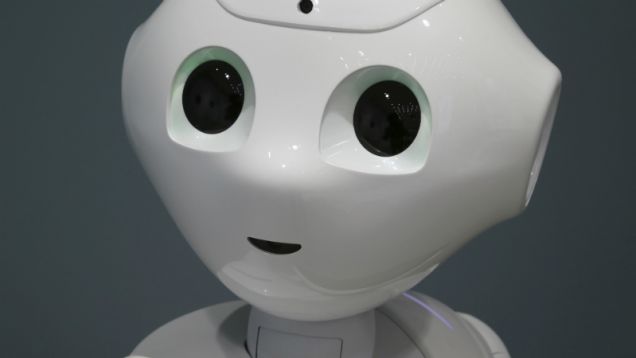Sep 17, 2015
System can convert MRI heart scans into 3D-printed, physical models in a few hours
Posted by Shailesh Prasad in categories: 3D printing, biotech/medical, computing, engineering
Researchers at MIT and Boston Children’s Hospital have developed a system that can take MRI scans of a patient’s heart and, in a matter of hours, convert them into a tangible, physical model that surgeons can use to plan surgery.
The models could provide a more intuitive way for surgeons to assess and prepare for the anatomical idiosyncrasies of individual patients. “Our collaborators are convinced that this will make a difference,” says Polina Golland, a professor of electrical engineering and computer science at MIT, who led the project. “The phrase I heard is that ‘surgeons see with their hands,’ that the perception is in the touch.”
This fall, seven cardiac surgeons at Boston Children’s Hospital will participate in a study intended to evaluate the models’ usefulness.
















